Voter Purges on the Rise, Minorities Hit Hardest, Report Finds
A 2013 Supreme Court decision striking down a section of the Voting Rights Act “has had a profound and negative impact” on access to millions and led to more abuse, researchers say.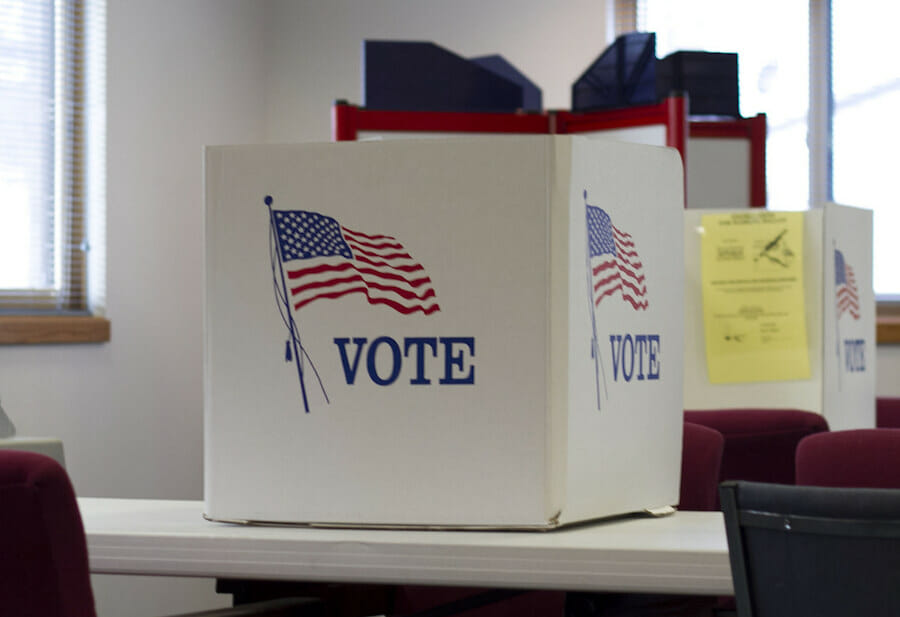 Lindsay D’Addato / WyoFile / CC BY 2.0
Lindsay D’Addato / WyoFile / CC BY 2.0
“Things have changed dramatically,” wrote Supreme Court Chief Justice John Roberts in 2013’s Shelby County v. Holder decision. He was referring to what he saw as a reduction in racial discrimination in the South and a rise in black residents’ access to voting since the passage of the 1965 Voting Rights Act. The election of the first black president and higher rates of black voting since 1965 were reason enough for him and four other justices to strike down Section 4 of the Voting Rights Act. It was a key provision that required Southern states with a history of voter discrimination to clear any changes to their voting laws with the federal government, under a process called preclearance.
However, according to “Purges: A Growing Threat to the Right to Vote,” a new report from the Brennan Center for Justice at New York University, the optimism shown in the Shelby County v. Holder decision hasn’t been borne out. This is especially true when it comes to voter purging, the process by which people are taken off the voter rolls.
Voter purges are not inherently discriminatory. “When done correctly,” the report explains, “purges ensure the voter rolls are accurate and up-to-date.” When they’re abused, however, “purges disenfranchise legitimate voters (often when it is too close to an election to rectify the mistake), causing confusion and delay at the polls.” And the abuse post-Shelby v. Holder is rising.
“Our research,” the report says, “suggests great cause for concern that the Supreme Court’s 2013 decision in Shelby County v. Holder … has had a profound and negative impact.”
The Brennan Center found that from 2014 to 2016, states removed almost 16 million voters from their rolls. Nearly 4 million more names were removed from voter lists during this period than from 2006 to 2008. Worse, the report continues, “for the two election cycles between 2012 and 2016, jurisdictions no longer subject to federal preclearance had purge rates significantly higher than jurisdictions that did not have it in 2013.”
Researchers believe that 2 million fewer voters would have been removed from 2012 to 2016 had the states previously subject to preclearance purged at the same rate as those states not subject to it. Texas and Georgia are just two examples the authors highlight:
In Texas, for example, one of the states previously subject to federal preclearance, approximately 363,000 more voters were erased from the rolls in the first election cycle after Shelby County than in the comparable midterm election cycle immediately preceding it. And Georgia purged twice as many voters—1.5 million—between the 2012 and 2016 elections as it did between 2008 and 2012.
As Michael Harriot adds in his analysis of the report in The Root, “These are not random, isolated cases. It is a methodical effort that disproportionately affects minority voters.”
The Brennan Center’s research and Harriot’s analysis bear this out. He writes, “A federal court halted a purge after Hurricane Katrina after justices found that one-third of the purged names came from a majority black parish [Orleans Parish].” In 1986 in Louisiana, an official said a voter purge “could really keep the black vote down considerably.”
Harriot explains the sometimes subtle, sometimes shockingly open methods that states use to purge minority voters in particular from their rolls:
Some states purge rolls based solely on names but non-whites are more likely to have the same names. According to the U.S. Census Bureau, 16.3 percent of Hispanic people and 13 percent of black people have one of the 10 most common surnames, compared to 4.5 percent of white people.
Address changes, even within the same election districts, also affect whether someone gets purged. According to Harriot, black and Latinx voters are more likely to move, and officials use a process called voter caging, which, Harriot says, “intentionally sends mail to verify addresses in a format that cannot be forwarded, leading to the disenfranchisement of hundreds of thousands of eligible voters.”
The consequences of Shelby v. Holder continue to influence the voting landscape, and the Brennan Center researchers are not optimistic about the outlook for protecting access to the ballot. Voter purging was not the only impact of the case. After Shelby County v. Holder, the researchers write:
Of the nine states once fully covered by the Voting Rights Act, seven have passed restrictive legislation since 2010. Of the 41 states not fully covered, only 18 passed restrictive laws over the same period. Two of these states (Florida and North Carolina) each had several counties subject to the Voting Rights Act.
Section 4 ensured that state lawmakers and election officials would at least have had more scrutiny from the federal government when it came to their voting operations and oversight.
Your support matters…Independent journalism is under threat and overshadowed by heavily funded mainstream media.
You can help level the playing field. Become a member.
Your tax-deductible contribution keeps us digging beneath the headlines to give you thought-provoking, investigative reporting and analysis that unearths what's really happening- without compromise.
Give today to support our courageous, independent journalists.

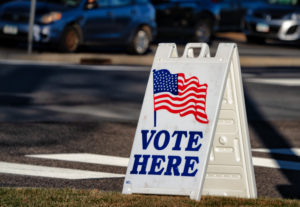
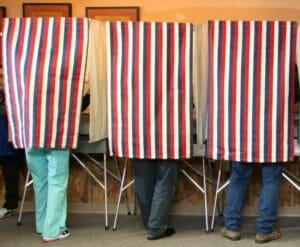
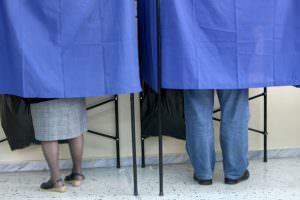
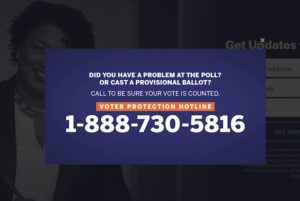



You need to be a supporter to comment.
There are currently no responses to this article.
Be the first to respond.